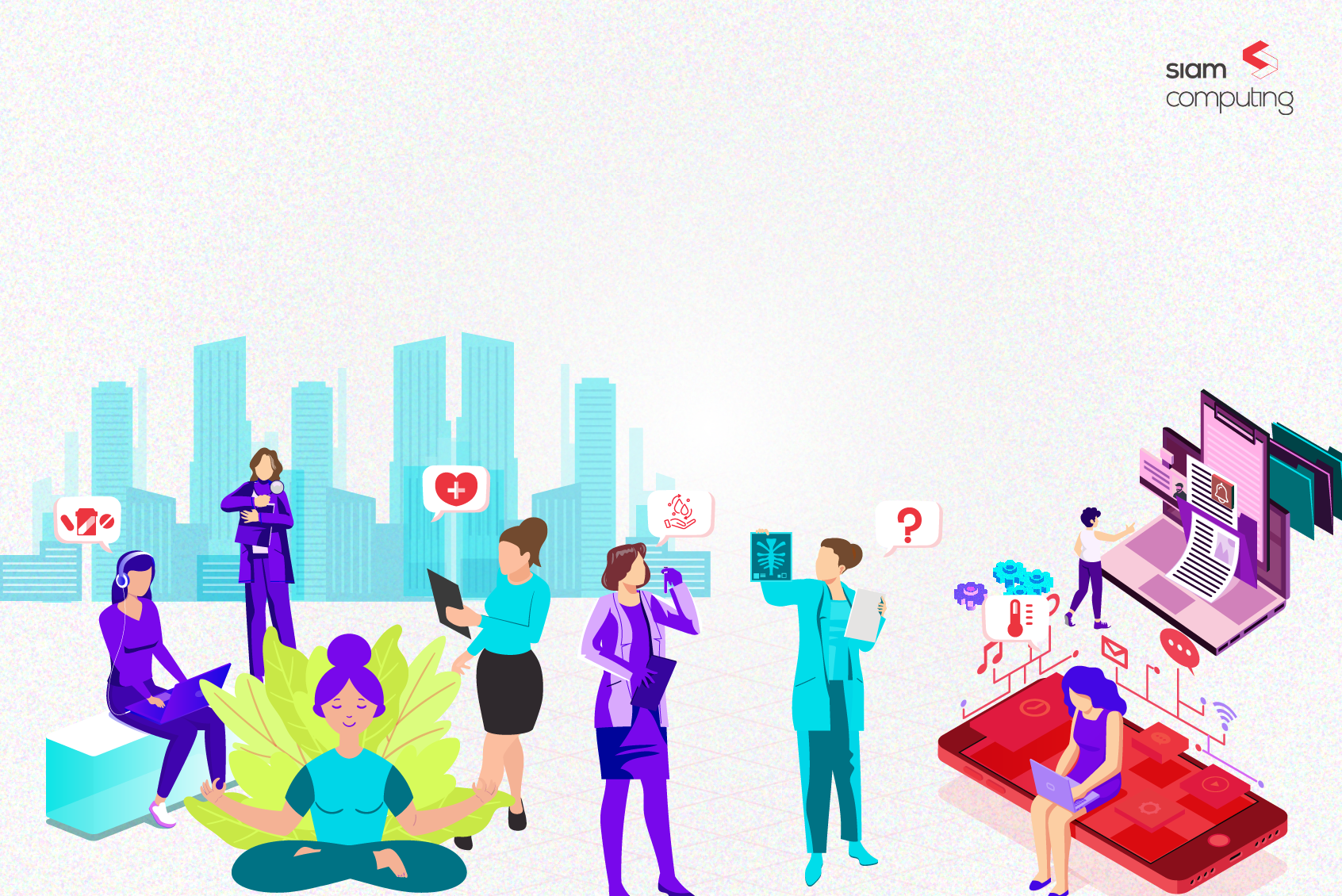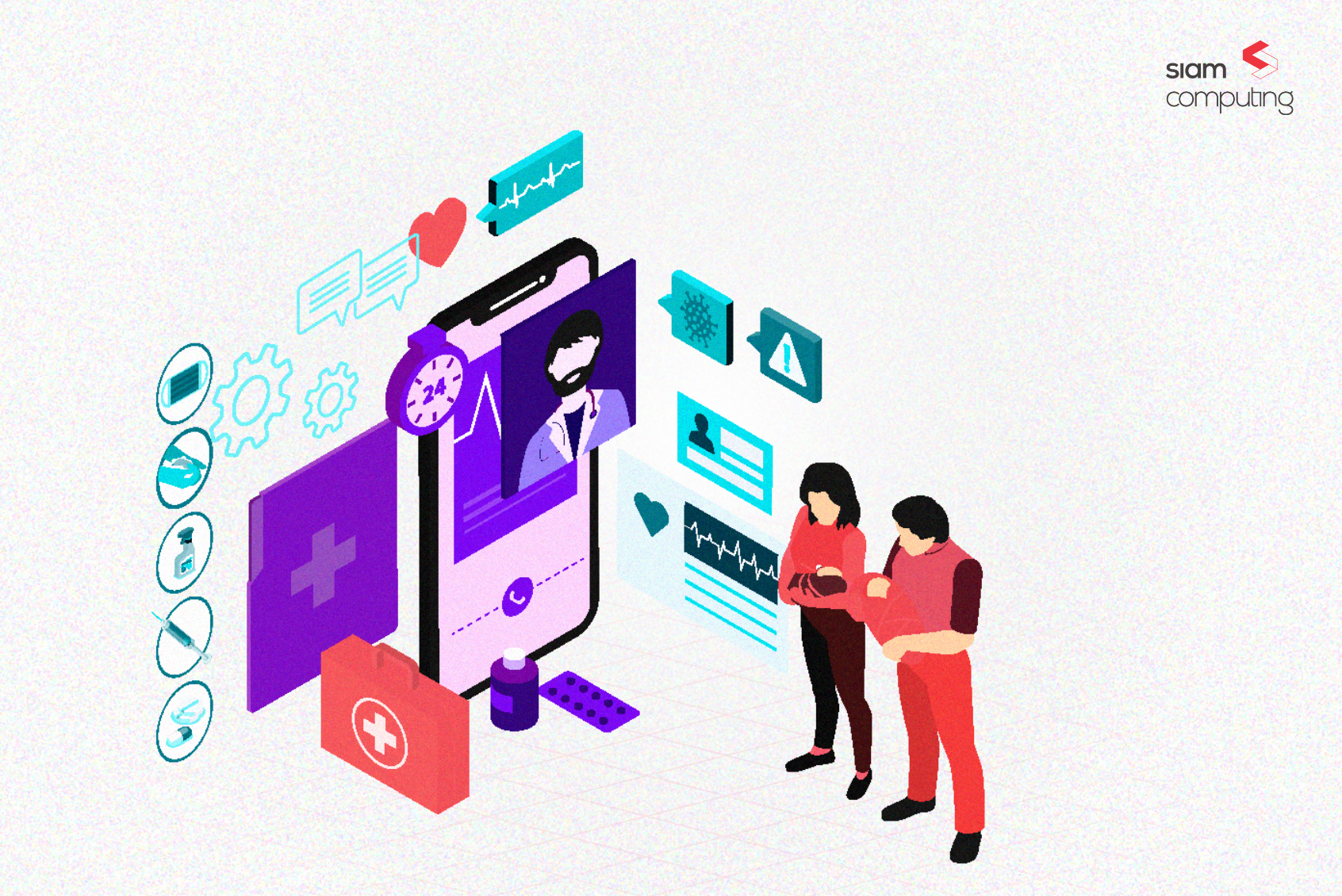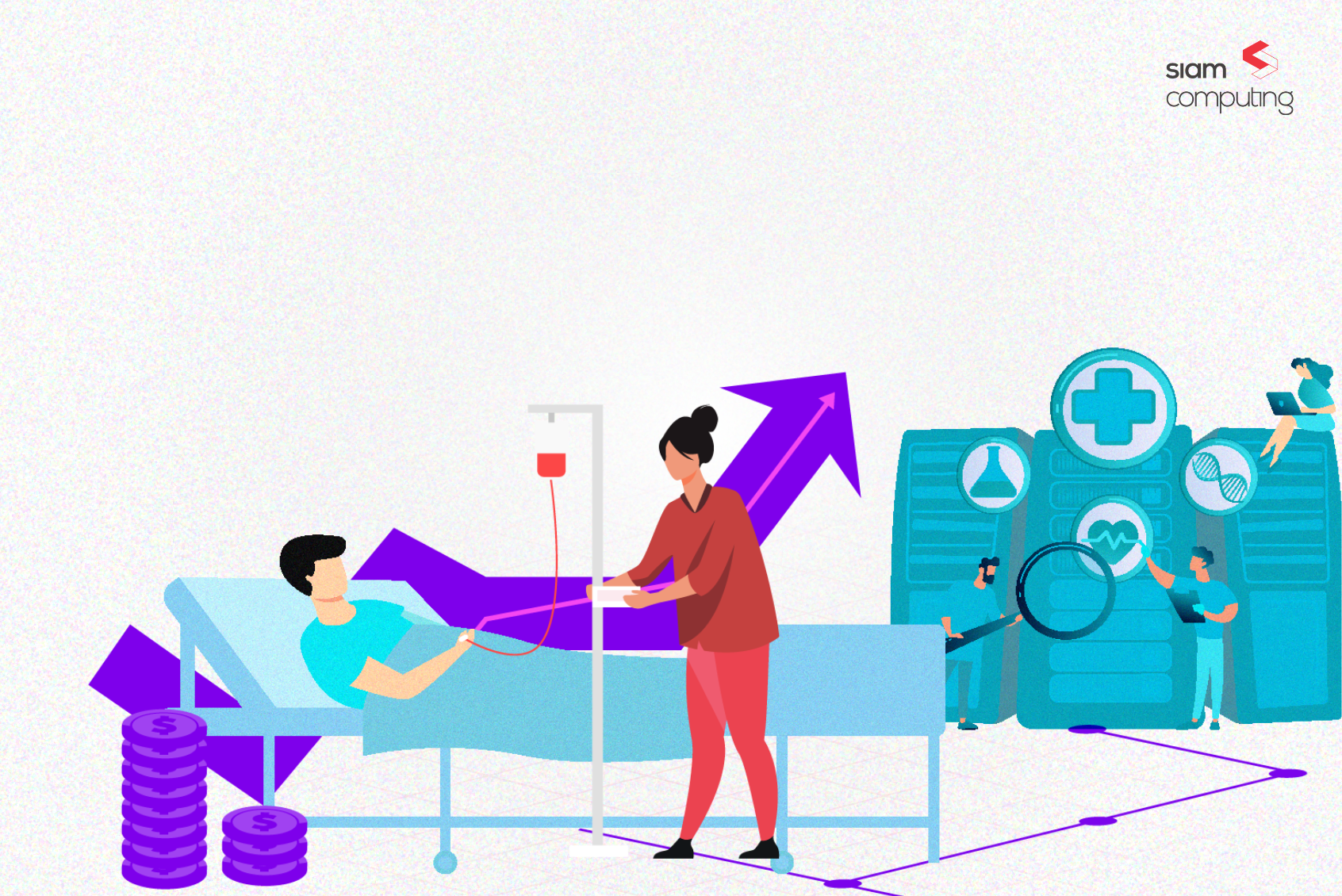Engineering software products involves a lot of innovative product design and development processes. One of the most interesting approaches that are applied to developing software solutions is design thinking. Design thinking is an agile method used to tackle a problem cognitively and thereby arrive at a solution that is both innovative and that satisfies the users for whom the product is primarily built. Let’s first understand the concept of design thinking and then see how it impacts the product design and development process in this blog.
Picture Credits: Unsplash
What is Design Thinking?
Design thinking is a combination of both ideology and process, a process that is iterative and non-linear in nature and used to understand the user first and foremost. Once the needs of the users are understood, problems (issues at hand to develop a product) are redefined and certain skeptical assumptions are faced head-on. This method is very helpful to devise innovative solutions to solve complex problems.
Significance of Design Thinking in Product Design and Development
When it comes to product development, factors such as market research analysis, business analysis, etc play an important role. However, when design thinking is applied, the essence of the product developed increases in value as it transforms into a user-centric product.
Any application or product built, is built for the users to use it. That is why it is crucial to understand the user requirements properly to give the best UX/UI experience to the users. Once the users are satisfied with the intricacies of the product, the product’s market value ultimately increases thereby making it soar high.
The significance of design thinking in product design and development is that it helps developers to think out of the box. When a typical application is to be built, there are traditional frameworks and technical stacks that are profusely used to build it. When design thinking is involved, alternative tools to build the application can be figured out.
By figuring out alternative ways to build a product, technical features and functionalities can be innovatively designed. This gives the liberty to the developers to build a product that is exclusive in the market.
Picture Credits: Unsplash
Design Thinking & its Stages/Phases
Design thinking as a stand-alone entity is solely user-centric and that is why it paves the way to building a great product in the end. The processes involved in the design thinking method helps to understand the needs of the user better, thereby facilitating learning and applying them effectively and innovatively in the product development process. Design thinking works in 5 stages/phases and they are:
- Empathize
- Define
- Ideate
- Prototype
- Design & Testing
The above-listed 5 stages/phases don’t necessarily work in the same sequential order. It works according to the flow of the product design and development process. Let’s now quickly see the importance of the 5 stages/phases and then explore their impact on the overall product development process.
#1. Empathize
Empathizing with the user means spending quality time to understand the needs and requirements of the user. The essential aspect of this stage is that assumptions should be zeroed out and studies to understand the actual user requirements should be undertaken.
#2. Define
Defining the problem statement is a vital step before solving the problem. The information gathered in the ‘empathize’ stage needs to be condensed and then analyzed to define a solid problem statement.
#3. Ideate
Once the problem is solidified, brainstorming of solutions needs to be carried out in this stage. Creative thinking and lateral thinking should be employed in this phase to think out of the box and come out with a solution.
#4. Prototype
Once all the brainstorming is done, the actual building of the product happens in this stage. A tangible product is developed in this phase.
#5. Design & Testing
The prototype should be built and should be subjected to testing in this phase. The results obtained at the end of the testing will determine if the whole design thinking process needs to be reworked or just minor changes here and there need to be carried out.
The above-discussed stages of the design thinking method add so much value in the process of designing and developing a product. Let’s now explore how the design thinking strategies impact the product design and development process.
Picture Credits: Unsplash
Impact of Design Thinking on the Product Design and Development Process
Designing a product and developing it involves a lot of steps starting from the ideation to the release and maintenance of the product. When the design thinking strategies are applied to each step of the design and development of the product, it is ensured that the final product will be user-centric which is the ultimate target.
The 7 steps involved in the design and development of a product are:
- Ideation/Concept Development
- Idea Verification
- Concept Testing
- Strategizing Marketing Plans/Business Analytics
- Development of the Product
- Product Commercialization
- Post Launch Survey
In the present day scenario, designing and developing a product doesn’t just involve the technical R&D and the production rather marketing, and field survey before, during, and after the launch of the product are also involved which is very important. The feedback obtained from this survey & feedback is essential to enhance the user experience, thereby implementing the design thinking strategies will be greatly beneficial.
#1. Ideation/Concept Development
One of the very first and important steps of the product development process is ideation. When the client gives their requirement, the CTO and his team need to brainstorm smartly. Design thinking adds that smartness. It is one thing to adhere to the requirements of the client merely and it is another to think from the user’s perspective. Building a concept/idea that will be user-friendly will be a gamechanger.
#2. Idea Verification
Screening the ideas is a crucial step to finetune the idea that is going to be used to develop the product. If required, small verification tests can be carried out and thus the idea/concept can be verified. The influencing factor of design thinking in this stage is to check if the idea empathizes with the users. And in the process of verifying the ideas which are prospective solutions for the requirements of the client, the user’s needs and issues most likely to be faced in the future should also be taken into account.
#3. Concept Testing
After ideating and verifying the idea/concept, it is essential to test the concept by scrutinizing them as objectives. If required, it should be subjected to presenting and getting feedback from essential groups. This insight should then be used from a user-centric perspective because that’s how design thinking contributes to product development in this step.
Picture Credits: Unsplash
#4. Strategizing Marketing Plans/Business Analytics
Having a marketing strategy is as important as devising the technicalities of the product development process. A business model & revenue plan is crucial at this stage. While strategizing the marketing plans, the business analysis also happens in parallel as it contributes to running risk analysis and checking for the financial flow for the product launch. Applying design thinking strategies to this step means thinking from the users’ perspective as in how they will receive the product’s marketing campaigns. It is essential to quit assuming, and think from a users’ perspective – how much will a user afford to pay for the subscription for using the product, and what features will be essentially useful for them, and so on.
#5. Development of the Product
Development of the product involves more of the technical aspects. Again, applying design thinking strategies in this step means developing the features and functionalities keeping the users in mind. From the framework chosen to the tech stack selected, everything will have its pros and cons. Thinking from the shoes of the user will enhance the product development process holistically.
#6. Product Commercialization
Based on the market research analysis, the launch of the product (product commercialization) is worked out in this step. Applying the design thinking strategy in this step means studying the market research analysis reports and trying to incorporate the feedback deduced.
#7. Post Launch Survey
Surveys, testimonials, and feedback are very important in this digital era. Implementing the design thinking strategy in this step means taking the feedback received into serious consideration and checking out if refining the product accordingly will serve the users better.
Design thinking when incorporated into the product development process has a positive impact as discussed above as it follows a user-centric approach.
Wrapping Up…
If product design and development is an art, design thinking is the paint that enriches it. Design thinking insists on thinking from the shoes of the user when developing a product which is why it enhances the whole product design and development process. In the era of ‘survival of the fittest,’ it is essential to be equipped with all the necessary armors while designing and developing a product. Using design thinking strategies in the product development process notches up the product development process assuredly.
Are you thinking of developing your product? Reach out to us. Our team is fluent with design thinking and we’ll make sure to harness the maximum impact of design thinking while designing and developing your product and make it user-centric which is an inevitable winning algorithm.








